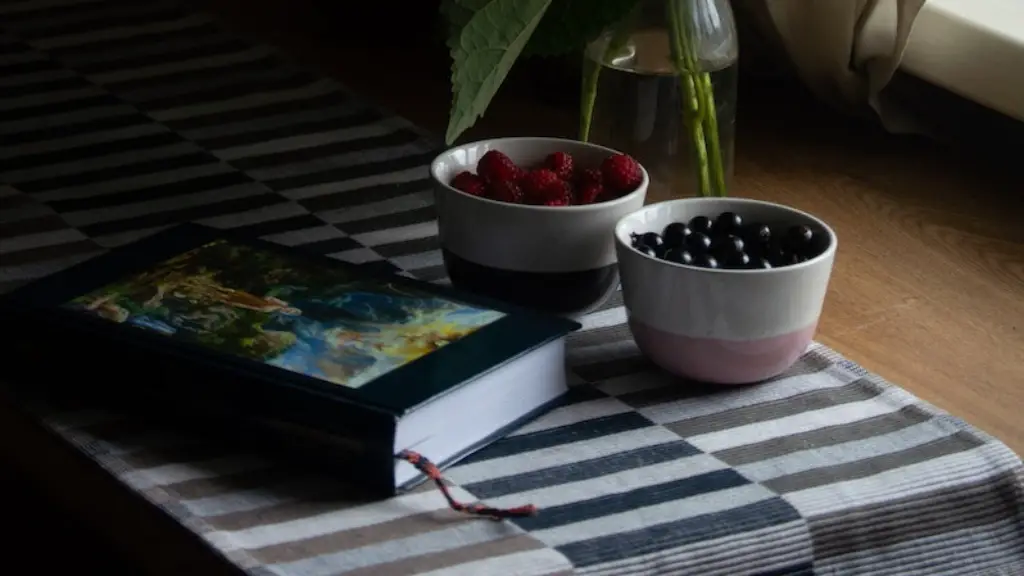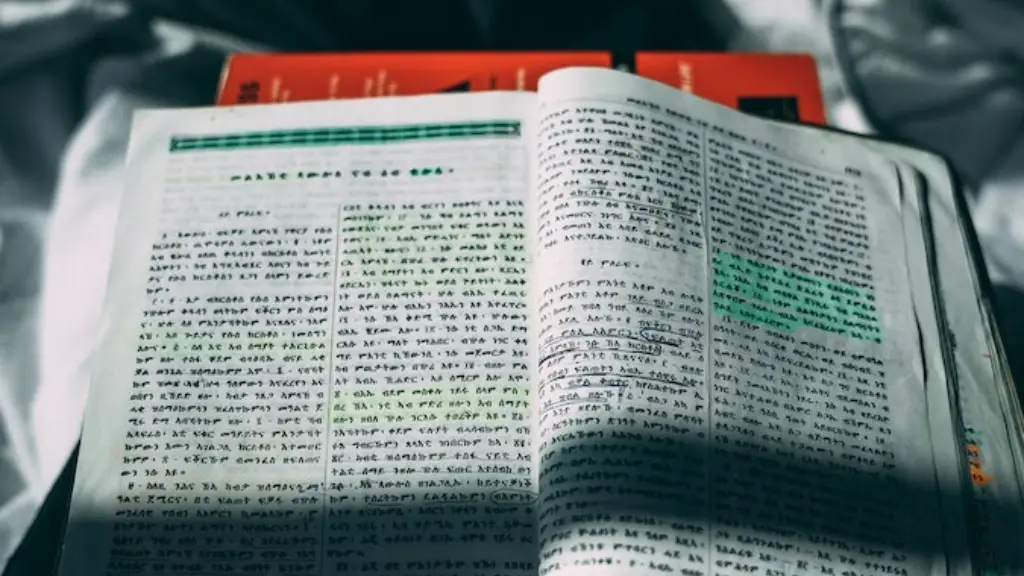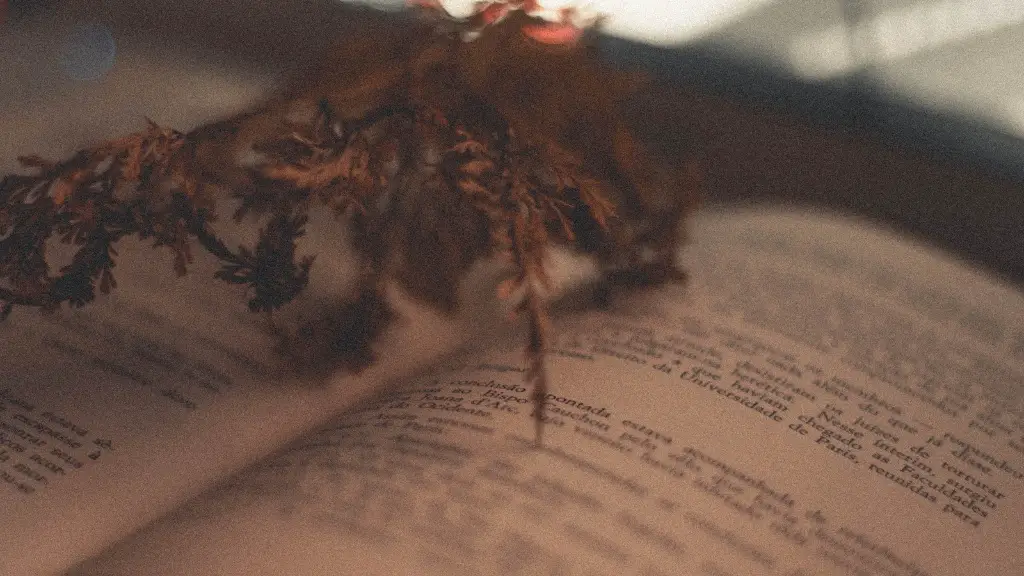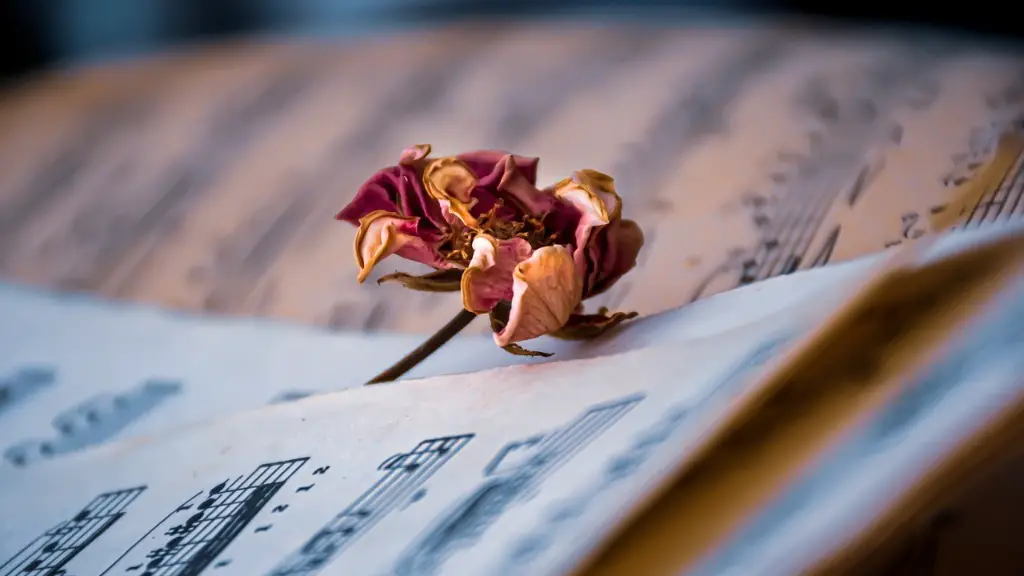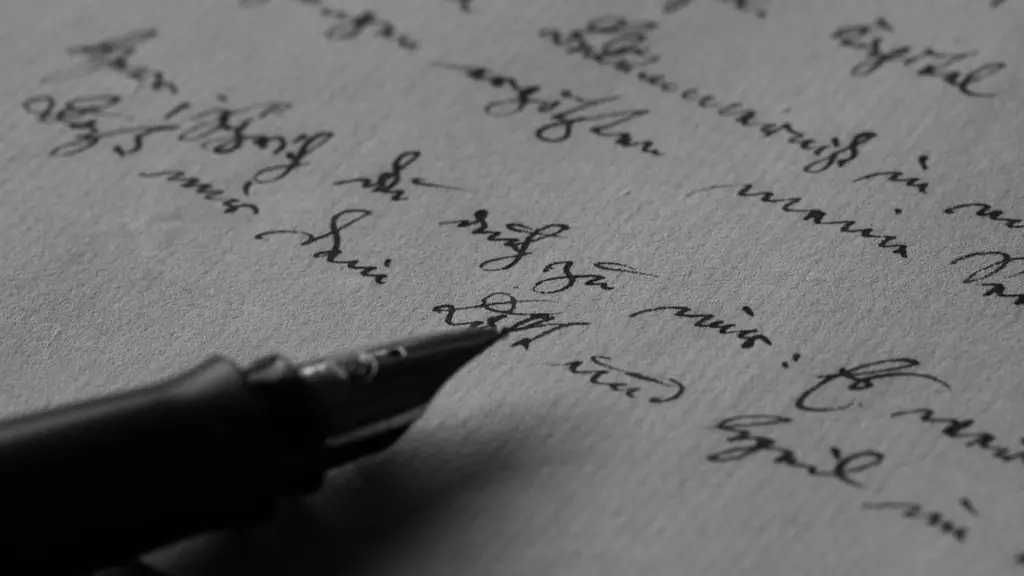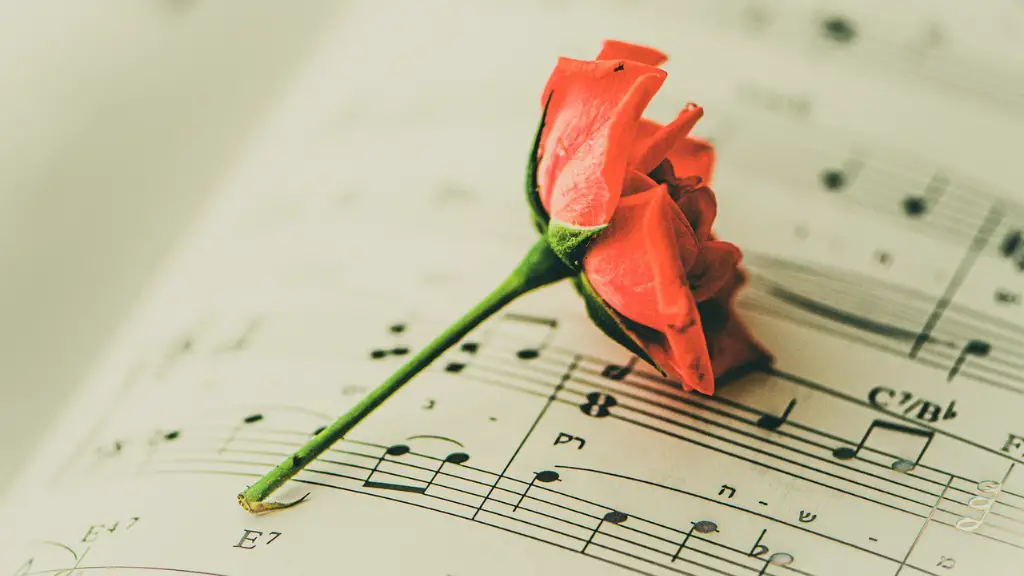In today’s world of ever-changing poetic forms and styles, it can be hard to keep up. With so many types of poetry out there, it helps to know a few basics to get your creative juices flowing. Let’s explore three main types of poetry: lyrical, narrative, and free-form.
Lyrical poetry is the most classic of the three main types of poetry. It has been a part of our literary world for centuries. Lyrical poetry is defined by its content and style, but also by its use of emotion as a tool of expression. Characterized by its often rhyming lines, lyrical poetry centre on themes of love and sorrow, and are designed to evoke emotion in their reader. Without a particular narrative, lyrical poetry relies more on evoked feelings than traditional storytelling.
Narrative poetry, on the other hand, is all about storytelling. In narrative poetry, the poet will tell a story in the form of a poem. Often told in the first person, narrative poetry usually follows a particular structure, like a well-known story. Unlike with lyrical verse, the focus of narrative poetry is on the story being told. Whereas narrative poetry can be used as an outlet for creative expression, it is much more focused on telling a story in the traditional form of a poem.
In contrast to the morewell-defined lyrical and narrative poetry, free-form poetry is a little bit less structured. Freeform poetry is a type of poetry which follows no traditional form or structure, and the poet is given complete freedom to express whatever he or she wishes in the words of their poem. Also known as “nonce poetry” or “spontaneous verse”, a free-form poem can be composed on the spot, rather than taking much time to prepare.
Though these three different types of poetry can be quite distinct from one another, there are many overlaps in their styles and techniques that can be used to create new forms of poetry. By combining the lyricism of lyrical poetry with the story-telling of narrative poetry, and the creative self-expression of free-form poetry, poets can create new forms of poetic expression to better express themselves.
Figurative Language in Poetry
Figurative language is an essential part of all poetry, and is often used to create vivid images that help to draw the reader into the poem. Figurative language includes metaphors, similes, hyperboles and personification, amongst others. By using figurative language, the poet is able to create a vivid image in the readers’ minds, engaging them in a way that traditional language may not be able to do.
For example, in the poem “The Lady of Shalott” by Alfred Lord Tennyson, he uses the language of metaphor to create an image of the Lady of Shalott as a “prisoner” in her life. He then uses similes to describe her pain as “weeping like a shaken child.” Tennyson’s use of figurative language helps to create a vivid image of the protagonist, engaging the reader in the story while adding an artistic element to the poem.
Figurative language can also be used to help to emphasise the feelings and emotions that the poet is trying to convey. For example, in the poem “Hope is the Thing With Feathers” by Emily Dickinson, the poet uses personification to give the hope a tangible form, suggesting that it is an entity inside of the speaker. By doing this, Dickinson is able to emphasize the importance of hope to her, and to the reader.
Figurative language is an important element of any form of poetry. By using figurative language, the poet is able to create powerful images, evoke emotions, and emphasize important themes in their poetry.
The Impact of Poetry
Poetry has been around for centuries, and is a powerful form of expression. It has the ability to inspire, comfort, and bring about changes in attitudes and behaviours.
Some ofthe most influential poets of the past, such as Wordsworth and Coleridge, were able to make a difference in society by using their poetry asa way of addressing the political and social issues of their time. By writing about their beliefs and encouraging others to think differently, they were able to spark meaningful conversations and make a difference in the world.
In the present day, poetry continues to make an impact on people’s lives. In many countries, there are organisations and groups that use poetry to spread awareness and promote understanding of different cultures. For example, Poetry Without Borders is a non-profit organisation that uses poetry as a way to promote cross-cultural dialogue and understanding.
Poetry is also used as a form of therapy, both in a therapeutic setting, as well as for self-reflection and healing. Poetry can help to express and process emotions, allowing the poet to gain a better understanding of their own thoughts and feelings. It can also provide comfort and hope to those going through difficult times.
In conclusion, poetry has a powerful impact on people’s lives, both on an individual level, and on a larger social level. Poetry can be used to spark conversations, spread awareness, and encourage understanding. It can also be used for healing and self-reflection.
Different Styles of Poetry
One of thebeauties of poetry is its diversity. There are so many different styles of poetry out there, allowing poets to express themselves in unique ways.
The most traditional style of poetry is the limerick. It follows an irregular aaba rhyme scheme and its five lines are typically meant to be humorous. Limericks can be used to tell a story or make a point in a light-hearted way.
Haiku is a more modern form of poetry, popularised in the seventeenth century by Japanese poets. It follows a syllable structure of 5-7-5 and is used to express a single moment in time. Haikus are often used to convey themes of nature and simplicity.
Epic poetry is one of the oldest forms of poetry, dating back to ancient Greece. It is defined by its length, with an Epic poem often stretching across several thousand lines. Epics usually tell an ancient mythological story, such as “The Odyssey” by Homer.
Sonnets, popularised during the Elizabethan era, are another type of poetry. They consist of 14 lines and follow a strict rhyme scheme, with the main subject introduced in the first eight lines and developed in the last six.
Modern poets have found inspiration in all kinds of unconventional, non-poetic sources, such as dreams, diary entries, conversations, and newspapers. By using these sources as inspiration, poets are able to create unique and unconventional poems.
Getting Started with Poetry
For those who are just getting started with poetry, the best thing to do is to explore each of the main types of poetry and find one that feels most natural to you. For example, if you are someone who enjoys writing stories, you may find that narrative poetry suits your style better than free-form poetry. Once you have identified the type of poetry you want to write, you can begin to play around with different forms, such as different rhyme schemes or syllable structures.
When it comes to writing poetry, the most important thing is to just start. Allow yourself to play around with the words and don’t be afraid to make mistakes. The beauty of poetry lies in its versatility, so don’t be afraid to experiment and find your own unique voice. Remember, there is no wrong way to write a poem.
Finally, it is important to read as much poetry as you can. By reading a variety of poems from different periods and authors, you will begin to identify the different styles and techniques used by poets. This will help to shape your own writing style, and provide you with inspiration for your own work.
The Benefits of Poetry
In an age of social media, where it is easy to fall into the trap of comparing ourselves to others, poetry can be a powerful tool of self-expression and creativity.
By writing poetry, we can find a place where we can express our thoughts, feelings and experiences without judgement or criticism. This can provide a positive outlet for our emotions, helping us to gain clarity and a better understanding of ourselves and our lives.
As well as expressing our innermost feelings, poetry can be an excellent form of self-care. Writing poetry can be a calming and therapeutic activity, and can help to boost our emotional and mental wellbeing. Moreover, poetry can be a great tool for connecting withothers. By sharing our work, we can engage in meaningful conversations and exchange meaningful insight.
Finally, poetry can be a powerful way of inspiring change. In the past, many influential poets have used their poetry as a form of social and political activism, inspiring others to think differently and take action.
Overall, poetry has many benefits and can be a great source of creativity and expression. Whether you are just getting started with poetry or you have been writing for years, it can be a rewarding and fulfilling experience.
